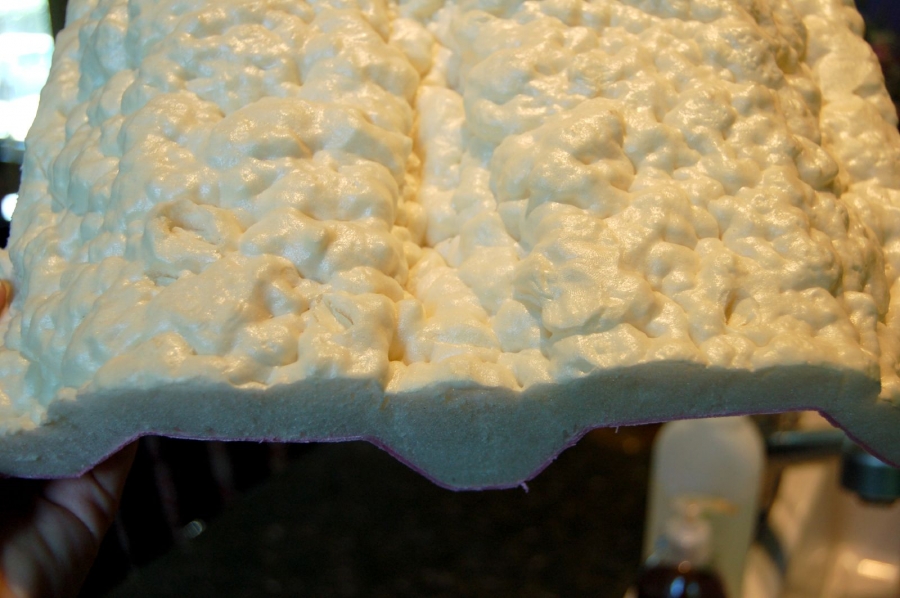 If you’ve done any shopping for new home insulation, you’ve probably seen the term “R-value” tossed around. Insulation with a higher R-value is said to offer a higher level of thermal resistant, which translates into a more energy-efficient home. But what exactly does R-value measure? And what’s a suitable R-value to use inside your home? To learn the answers to these questions and more, keep reading.
If you’ve done any shopping for new home insulation, you’ve probably seen the term “R-value” tossed around. Insulation with a higher R-value is said to offer a higher level of thermal resistant, which translates into a more energy-efficient home. But what exactly does R-value measure? And what’s a suitable R-value to use inside your home? To learn the answers to these questions and more, keep reading.
R-Value Measures Heat Flow?
In the most basic sense, R-value is the measurement of heat through a particular material. The greater the resistance, the higher the R-value. Insulation is oftentimes made with items items like glass, sand and cellulose material, all of which are highly effective at blocking the flow of heat. Of course, the downside to using fiberglass insulation is the irritation is causes to the skin and respiratory system (gear up in goggles, a dust mask and gloves before handling fiberglass insulation).
Unfortunately, the R-value method of thinking oftentimes leads homeowners down the wrong path. If you wish to create an energy-efficient home, you have to look at other elements in addition to the R-value of your insulation.
Why R-Value Doesn’t Always Work
The reason why a high R-value doesn’t always translate into an energy-efficient home is because there are oftentimes small (or large) gaps between the insulation. If there’s a crack of gap between two pieces of insulation, the warm air will funnel right through it, resulting in a loss of thermal energy.
Now don’t get me wrong, R-value is an excellent indicator of thermal resistance with insulation, but you must close off all gaps and holes in order for it to work. Randomly tossing some rolls of high R-value insulation throughout the attic without securing it to the floor and covering gaps isn’t going to offer much help.
What R-Value Insulation Does My Home Need?
There’s really no easy answer to this question, as it depends on a variety of factors. However, you can check out the table published at EnergyStar.gov for a breakdown of the recommended R-value based on region. For instance, it recommends insulation with an R-value of 30-60 for most parts of Florida, whereas R-value 49-60 is recommended in Montana.
EnergyStar.gov recommends homeowners in the northern states use a higher R-value insulation to prevent warm air from escaping during the cold winter months.
Did we miss anything on the topic of R-value? Let us know in the comments section below!